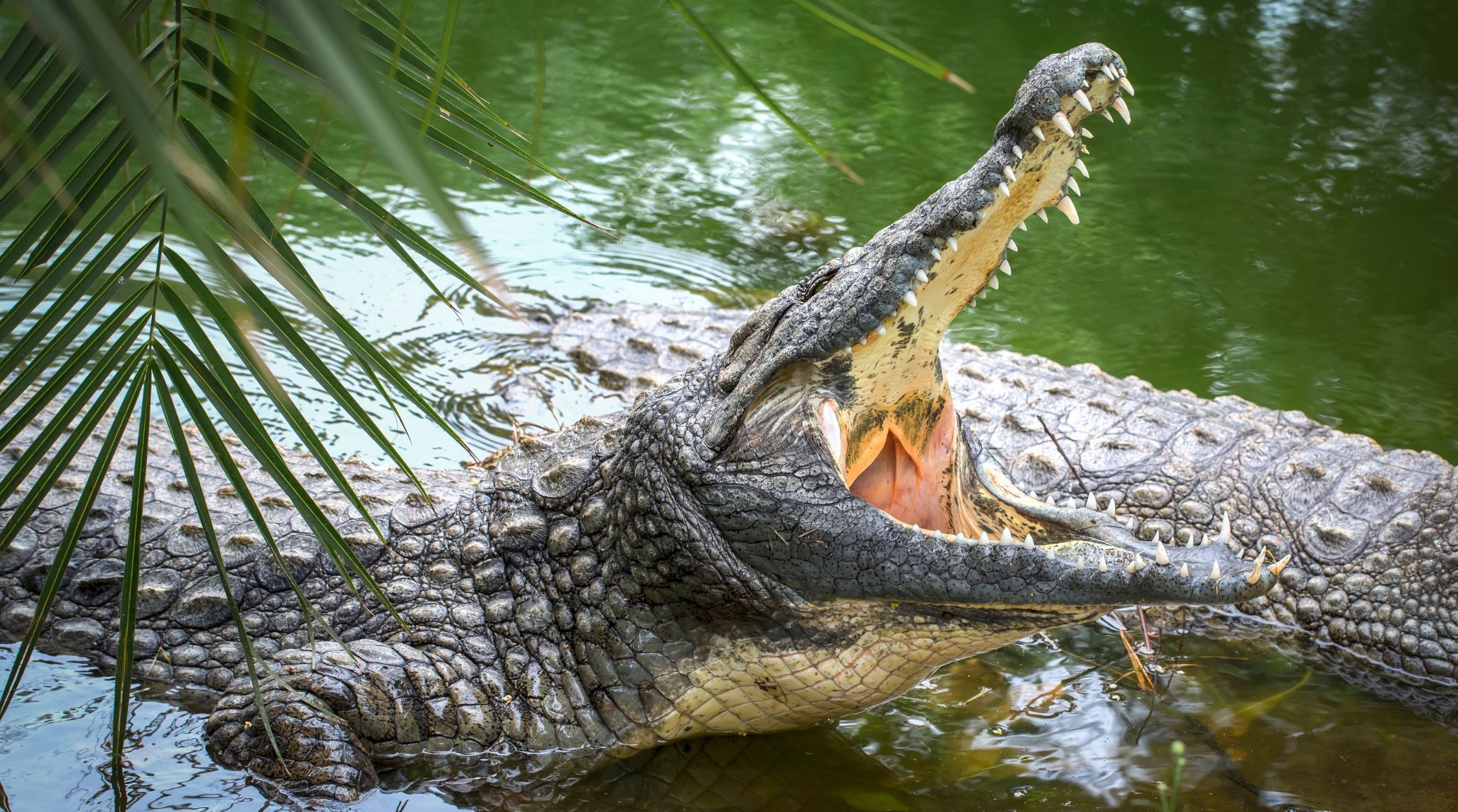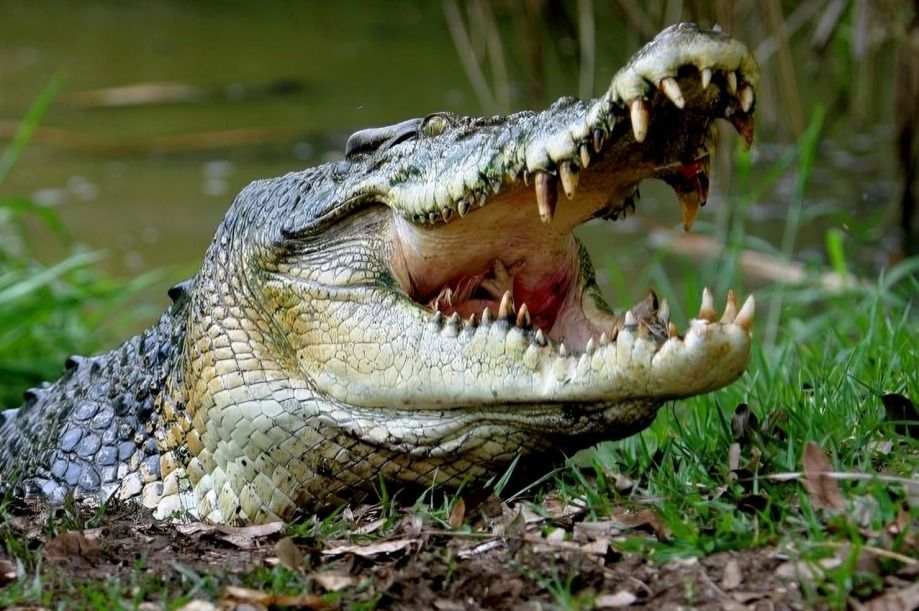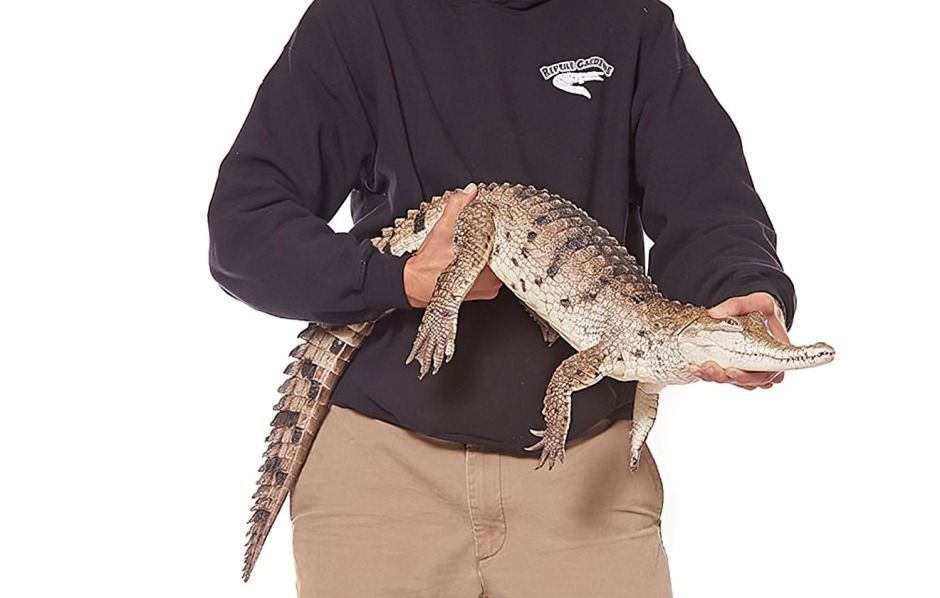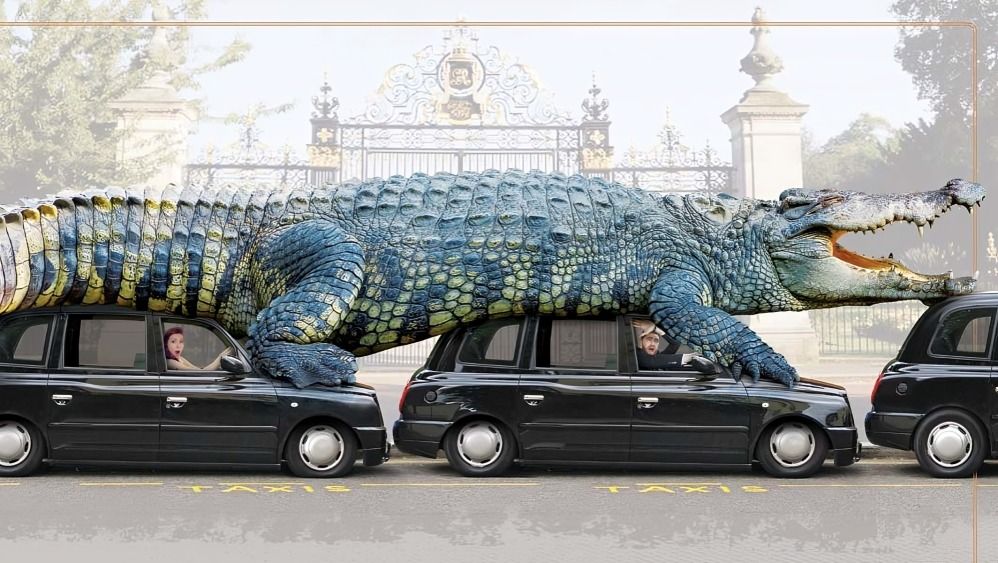
“
Crocodiles, with their powerful jaws, armoured bodies, and stealthy hunting abilities, have fascinated people worldwide for centuries. These ancient reptiles are truly captivating. In this blog, we'll dive into 20 fun and interesting facts about crocodiles, perfect for kids and anyone eager to learn more about these incredible animals. From their unique adaptations to their amazing survival skills, get ready to discover the captivating world of crocodiles!1
1
”
Crocodiles grow slowly and can live up to 70-100 years. Their slow metabolism and efficient hunting skills contribute to their long lifespan. Some crocodiles live longer than most other reptiles.1
The largest crocodile species is the saltwater crocodile, which can grow up to 23 feet long. In contrast, the smallest crocodile species is the dwarf crocodile, which is about 5 feet long. Despite their size differences, both species are skilled hunters.2
Crocodiles have a powerful bite; their jaws can exert a force of over 3,700 pounds per square inch. They use their 24 sharp teeth to catch and hold onto their prey. Their bite strength is one of the strongest in the animal kingdom.3
The temperature of the nest determines the gender of the hatchlings. Warmer nests tend to produce more males, while cooler nests produce more females. This unique trait helps balance the crocodile population.4
Crocodile mothers are very protective of their eggs and hatchlings. A female crocodile lays about 20-80 eggs in a nest made of mud and vegetation. She guards the nest fiercely until the eggs hatch.5
Crocodiles have special valves in their throats that allow them to open their mouths underwater without drowning. They also have a clear third eyelid that protects their eyes underwater. 6
Crocodiles possess excellent night vision, allowing them to thrive as effective nocturnal hunters. Their eyes are specially adapted to see well in low-light conditions, enhancing their stealthy hunting abilities. 7
Crocodiles are cold-blooded, meaning they rely on external heat sources to regulate their body temperature. They bask in the sun to warm up and cool off by lying in the shade or water. 8
Crocodiles can make various sounds, including growls, hisses, and roars. Baby crocodiles communicate with their mothers through high-pitched sounds before they hatch. These vocalizations play a crucial role in their communication.9
Crocodiles shed their skin in small pieces rather than all at once like snakes. This continuous shedding helps them stay healthy and remove parasites. It also allows their skin to grow as they get bigger.10

They can regenerate their teeth throughout their lives. When a tooth is lost or damaged, a new one quickly develops in its place. This continual renewal helps them maintain effective hunting and feeding capabilities.
They are carnivores, eating fish, birds, mammals, and even other reptiles. They cannot chew their food; instead, they swallow large chunks whole. After a big meal, they can go months without eating again.11
They have a sensorineural organ called the integumentary sensory organ (ISO) on their snouts. This organ allows them to detect minute changes in their environment, such as vibrations and pressure changes.12
They have a strong sense of smell and can detect prey from a distance. They can also sense vibrations in the water, helping them locate prey. These senses make them effective hunters.13

The fastest crocodile on land is the freshwater crocodile (Crocodylus johnstoni). Native to Australia, it can reach speeds of up to 17 km/h (10.56 mph) during a full gallop, a rare capability among crocodile species.
Crocodiles are social animals and often live in groups called bask or float. They establish dominance hierarchies within their groups. These social structures help them coexist and hunt effectively.14
In 2023, Costa Rican scientists discovered that crocodiles can reproduce asexually, a trait previously seen in some birds, fish, and reptiles. This capability is thought to be inherited from an evolutionary ancestor.15

The largest crocodile in captivity is Cassius, about 100 years old and measuring 5.48 meters (17 feet 11 inches) long, equivalent to two ping-pong tables end-to-end. He lives at Marineland Melanesia on Green Island in the Great Barrier Reef.
Crocodiles have a unique heart with four chambers, allowing efficient blood circulation. They also have a slow metabolism, which helps them survive long periods without food. These traits are key to their survival.16
Crocodiles have been around since the time of the dinosaurs, making them living fossils. The word "crocodile" comes from the Greek word "krokodilos," meaning "pebble worm." 17


